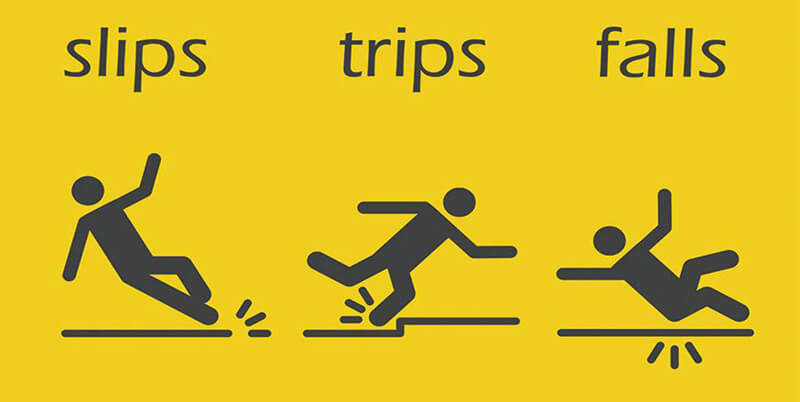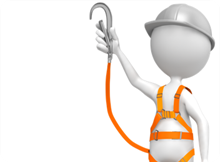 HSE Guidance HSG150: Health and Safety in Construction, observes that falls are the largest cause of accidents and fatalities in the construction industry.
HSE Guidance HSG150: Health and Safety in Construction, observes that falls are the largest cause of accidents and fatalities in the construction industry.
The primary focus of guidance in this area tends to look at the general causes of falls, which are described under two categories; “working at height” or “slips and trips”, and in turn, support is offered on both of these topics, with the stated aim of helping with the identification of hazards, controlling risks and explaining how to “plan, organise, control, monitor and review health and safety throughout the life of a project”.
HSE also provides subject specific guidance looking at activities that may result in an increased risk of falls. Examples include roof work, ladders (and step ladders), scaffolding, mobile platforms, and fragile surfaces.
It should perhaps be noted that the guidance offered by HSE does not distinguish between “low” and “high” falls. This is in line with the approach adopted by legislation; for example, the Work at Height Regulations 2005 describe work at height as:
(a) work in any place, including a place at or below ground level,
(b) obtaining access to or egress from such place while at work, except by a staircase in a permanent workplace,
where, if measures required were not taken, a person could fall a distance liable to cause personal injury.
Falls from height are not the only potential cause of injury. Falls onto things, such as; hot work; wet concrete; protruding reinforcement; onto equipment, such as machinery; moving plant or vehicles, can also have serious consequences, regardless of the distance involved.
In all circumstances, HSE favours a risk-based approach, applied in the following three stages.
Firstly, measures should be put in place to avoid working in a way which could result in a fall. If that is not possible, then the amount of that work should be minimised, and as a last resort, protective measures should be put in place to mitigate the possible consequences of a fall.
The third item can also be subdivided into two parts, general or “collective” protective measures, such as guard rails or improved lighting, and personal protective measures, such as harnesses or protective clothing.
Protective measures may be categorised as “fall arrest” or “fall restraint” systems. The former stops someone who is experiencing a fall, for example by using a net or a harness, while the latter is designed to stop them falling in the first place, perhaps by means of guard rails, warnings or edge protection.
However, although the individual may also be a contributing factor, these kinds of accidents come about for one of two reasons; either the workplace itself is not safe, or access to the workplace is inadequate.
There are a number of ways of dealing with both issues, so let us look at some of the options.
 Prevention hierarchy
Prevention hierarchyThere are several measures which you can use to reduce or eliminate the incidence of falls. Most important among these are risk assessments. Every situation has its challenges, but by using simple techniques, the following hierarchy can be established.
In some cases, it may be appropriate for you to draw up a series of “method statement” showing the procedures to be undertaken to ensure certain activities can be carried out safely. These are sometimes referred to as risk assessment method statements (RAMS).
The introduction and advancement of new technology has introduced the possibility of many other control solutions, especially those involving remote detection and navigation.
As well as providing training and instruction to people who are at risk of falls, you can implement some relatively simple steps which can be taken to further ensure the safety of all concerned.
Accidents involving falls are among the commonest causes of injuries and death in the construction industry. It follows, therefore, that they should be one of the easiest to reduce and eliminate.
Although the industry has made significant improvements in recent years, there is still some distance to go. However, by following some simple guidelines, planning properly, with well-trained operatives using the right equipment in the right environment, we can continue to take steps in the right direction.
Contact us if you have any queries.